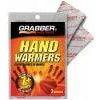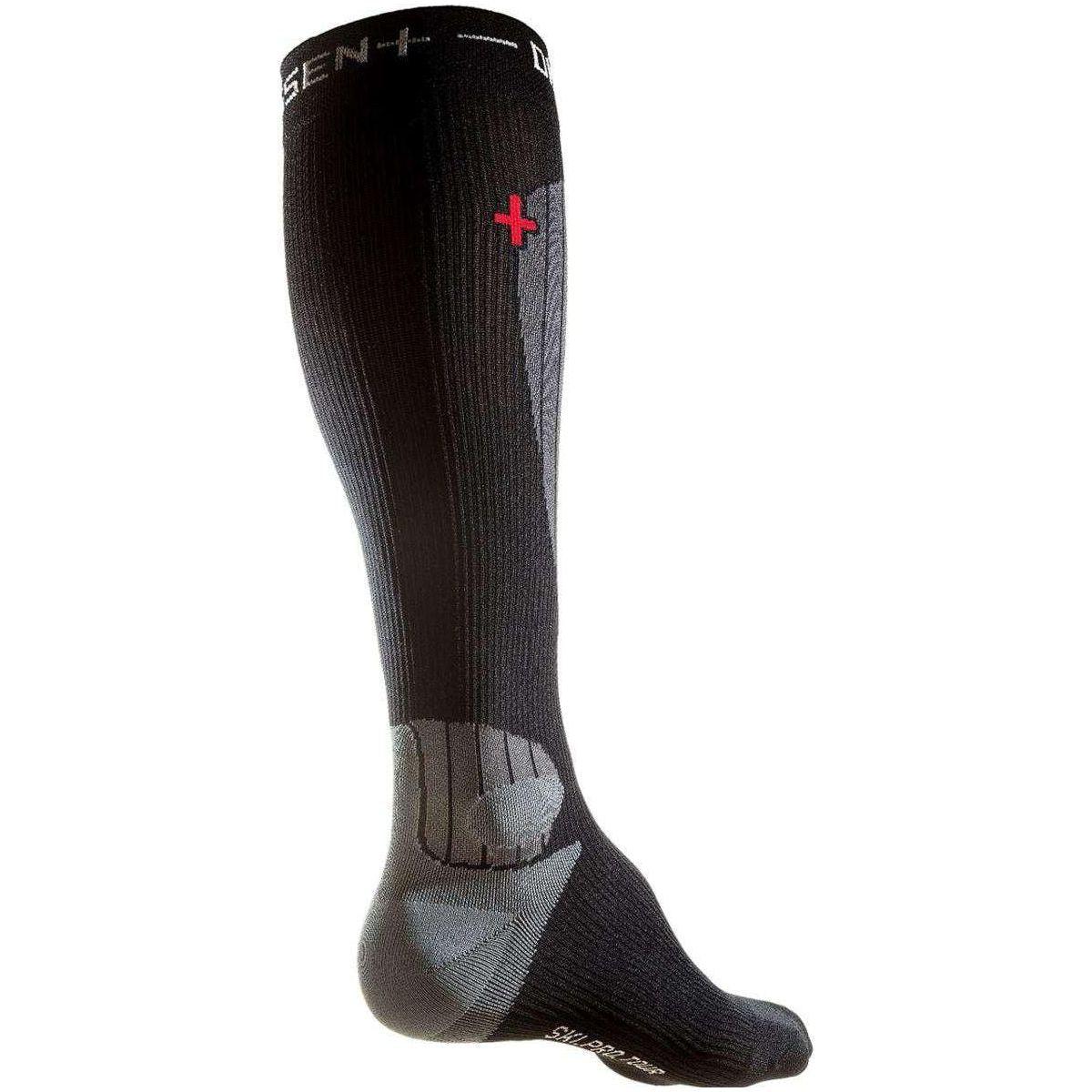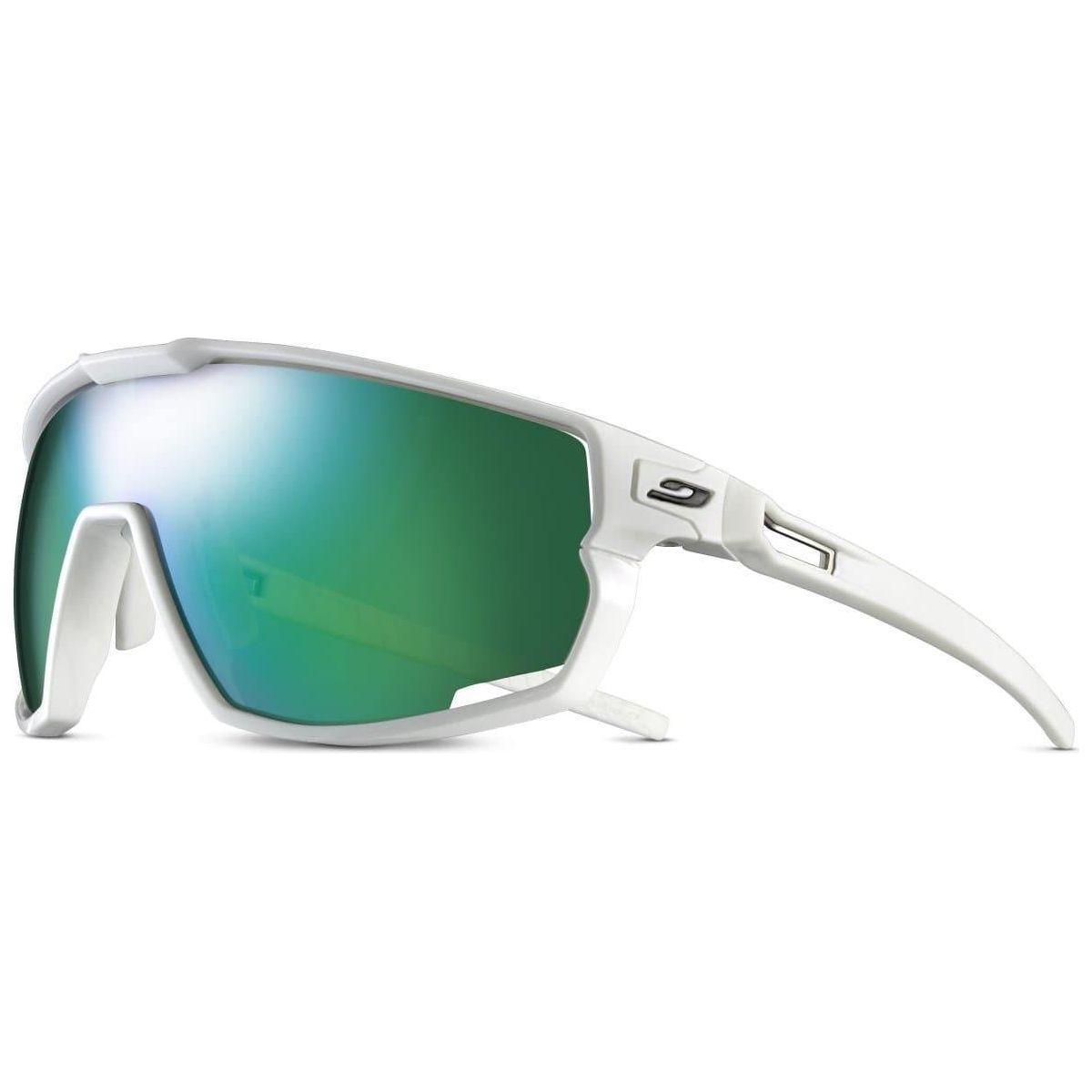Whether you're looking to nerd out on snow, or simply trying to determine if a slope is safe to ski, these items are essential for your Snow Kit!
Pulling out your shovel and digging a pit is great way to gain an understanding of the snow pack beneath your feet. Feeling the snow with your hands and visually observing the layers using your probe as measurement provides valuable information for decision making. However, if you want to increase your margins of safety or just nerd out on snow science, it might be time to beef up your snow study setup. The tools listed below will help provide more accurate data and make observations easier in the backcountry. However, remember the old adages that “a tool is only as good as its user”, so seek out mentorship, textbooks, and further avalanche education to fully utilize your snow study kit1
Slope meter
A slope meter paired with a ski pole or probe provides quick and accurate measurements of how steep the terrain is. If you don’t already have one of these in your pocket this is a great place to start. The industry proven BCA Slope Meter is lightweight, easy to read, and reliable. Additionally, the free Backcountry Access app (available on both Apple and Android devices) taps into your phones’ internal meters and GPS to provide slope angle measurements, elevation, coordinates and compass bearing.
ECT Cord
When paired with two probes, a 10 foot length of 3mm utility/accessory cord with knots tied into it every few inches works great for isolating blocks to perform an extended column tests (ECT). This is a valuable tool for assessing stability for a minimal investment of just a few bucks. As a bonus, the cord has a negligible weight penalty and can also come handy as part of a rescue sled in an emergency situation.
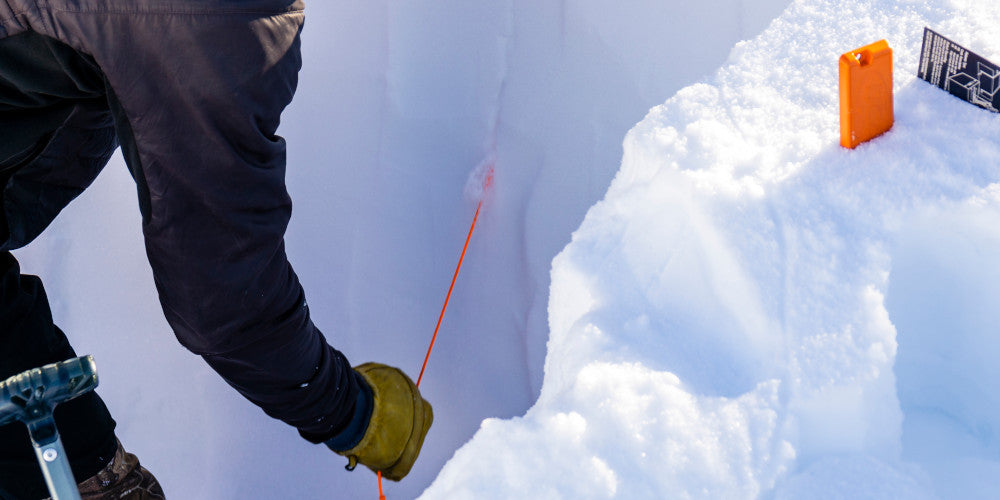
Extended column tests can tell us if a fracture will propagate through a weak layer
Crystal Card and Magnifier
These two items go hand in hand when it comes to getting up-close and personal with the snowpack. Crystal cards provide a flat dark surface to observe snow up close, along with a square grid pattern to evaluate grain size. A basic 10x magnifying loupe invites you into the microscopic world of snow for observation of facets, rounded grains, and fresh powder. Pro-tip; keep the crystal card in the snow on sunny days to keep it cool as the dark surface will absorb heat and melt snow crystals faster than you can properly view them.
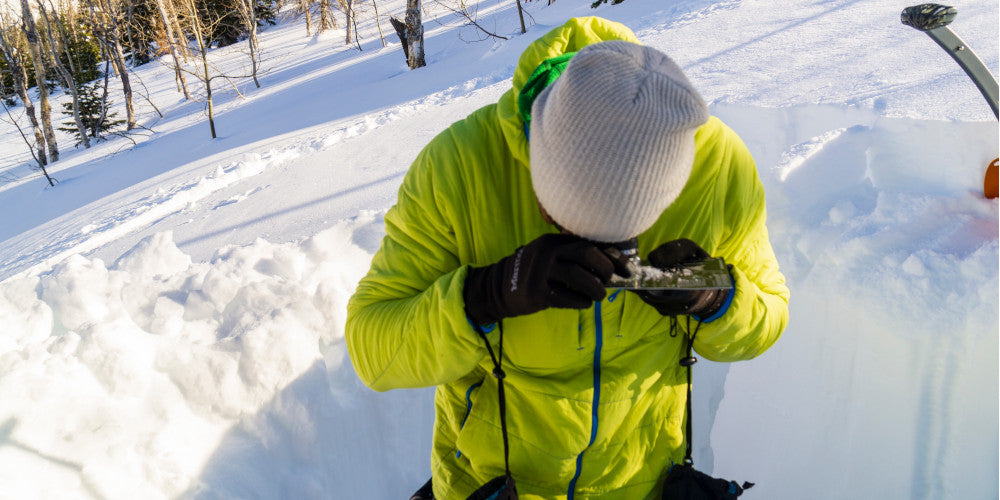
There is a whole different world behind your magnifying lens!
Snow Saw
Often neglected due to weight and size, the snow saw still deserves a spot in your kit, although just one per ski touring group will usually suffice. Snow saws make quick work of stiff slabs and consolidated snow to provide consistent results when isolating columns for various stability testsp. In an emergency situation the snow saw proves its worth by cutting clean blocks for building a snow shelter or cutting up wood for a fire or splint. Weight weenies should check out the carbon UpSki Quarry Snow Saw.
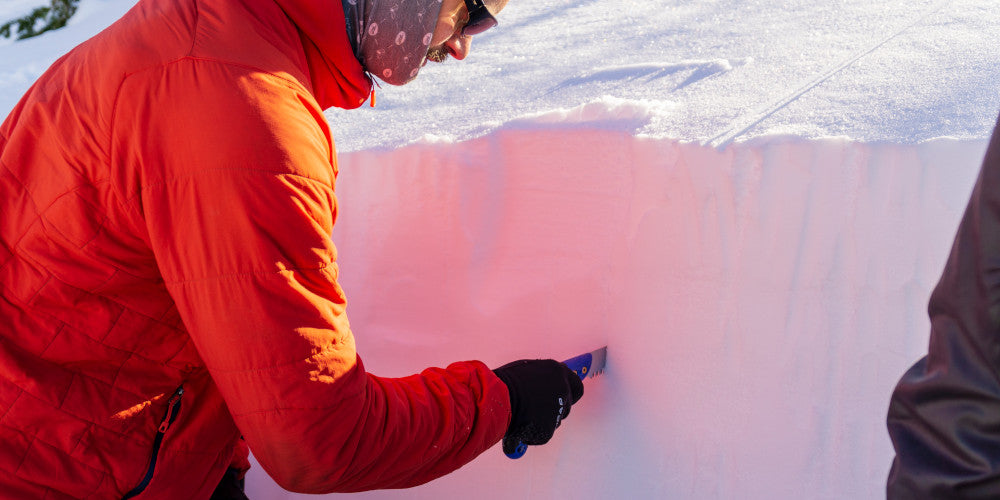
Snow saws are an invaluable tool when isolating snow for stability tests
Thermometer
Advanced users find a thermometer vital to assessing the snow pack throughout the season. Tracking the temperature gradient in your favorite zone lets you know if snow structure is gaining strength or degrading into facets. BCA’s trusty analog thermometer provides accurate data and never needs new batteries. But if you’re on a budget and have a rarely used digital meat thermometer laying around the kitchen you can get started by stabbing that into the snow instead of your steak.
- Evan Green can be found on Instagram as @thegreenevan -

